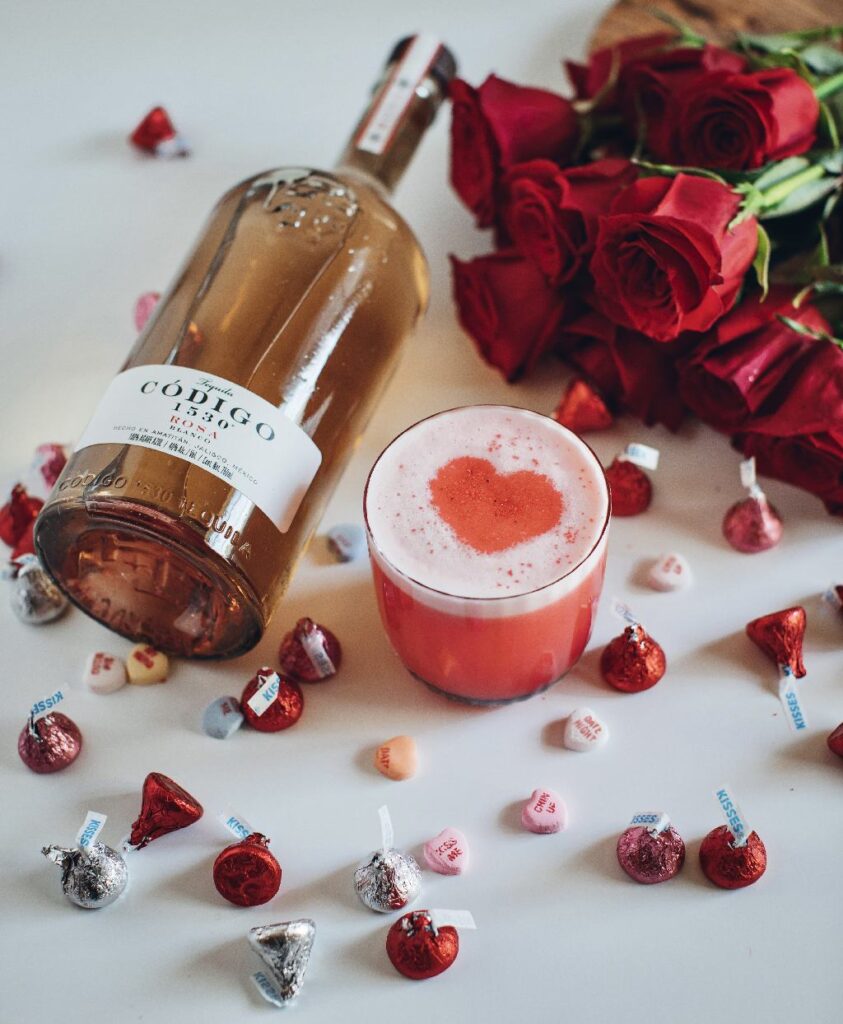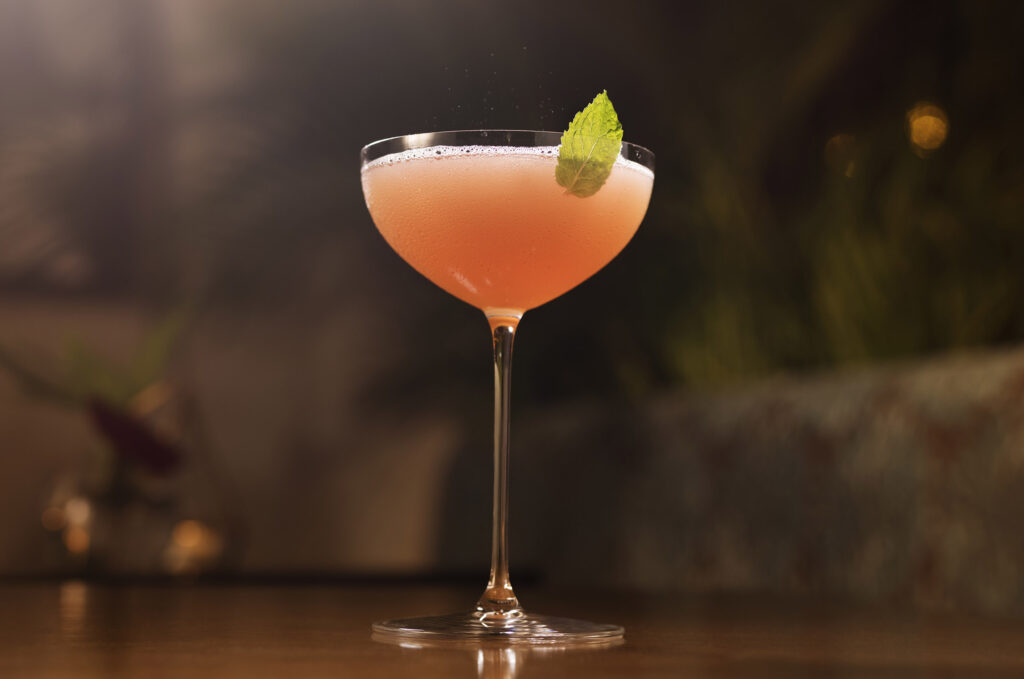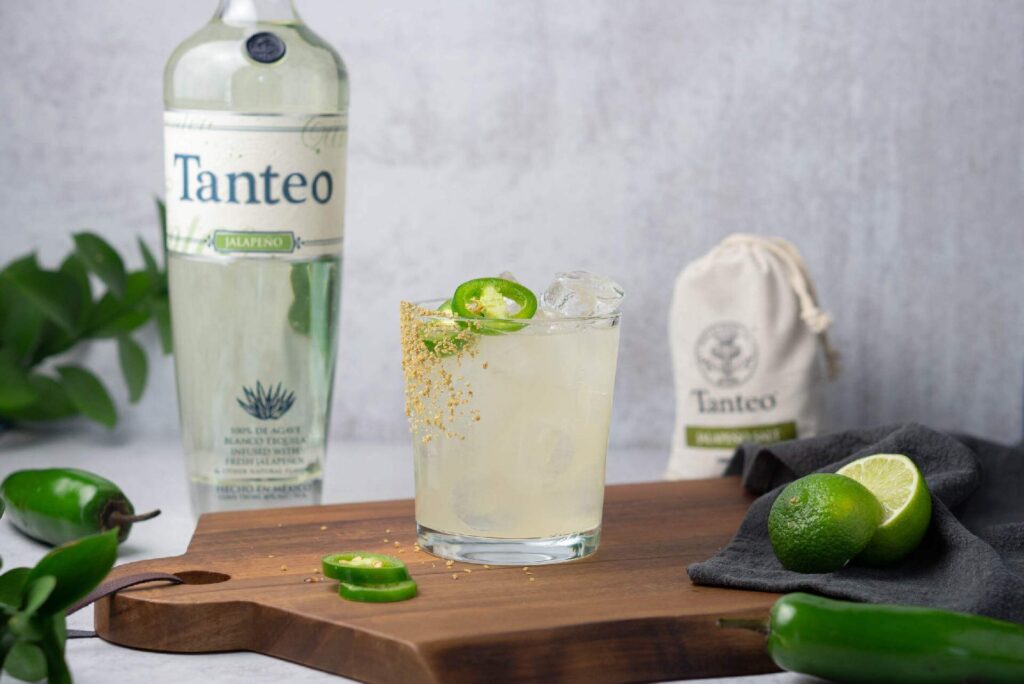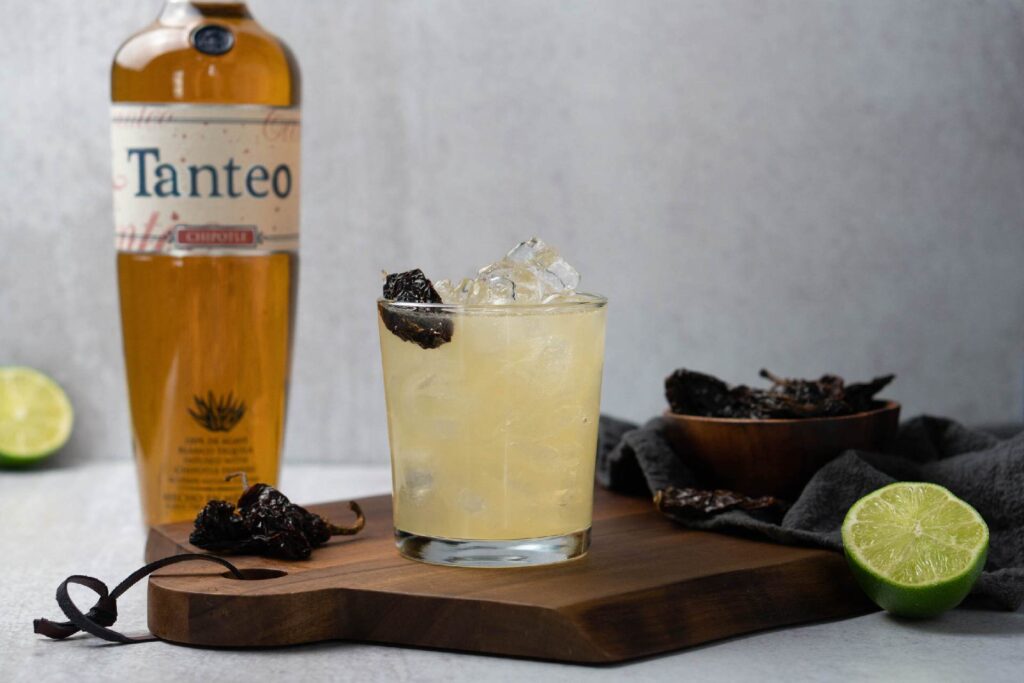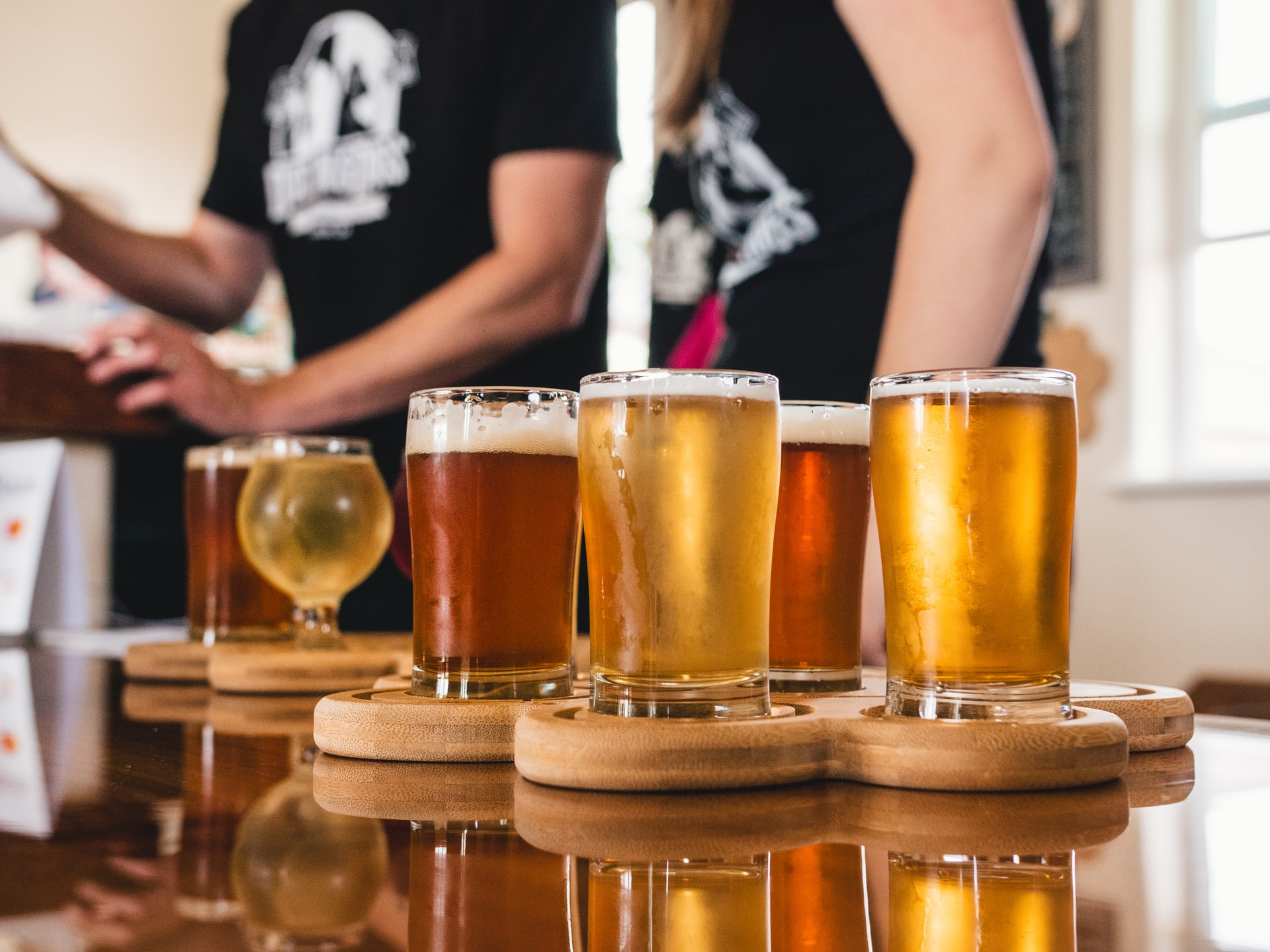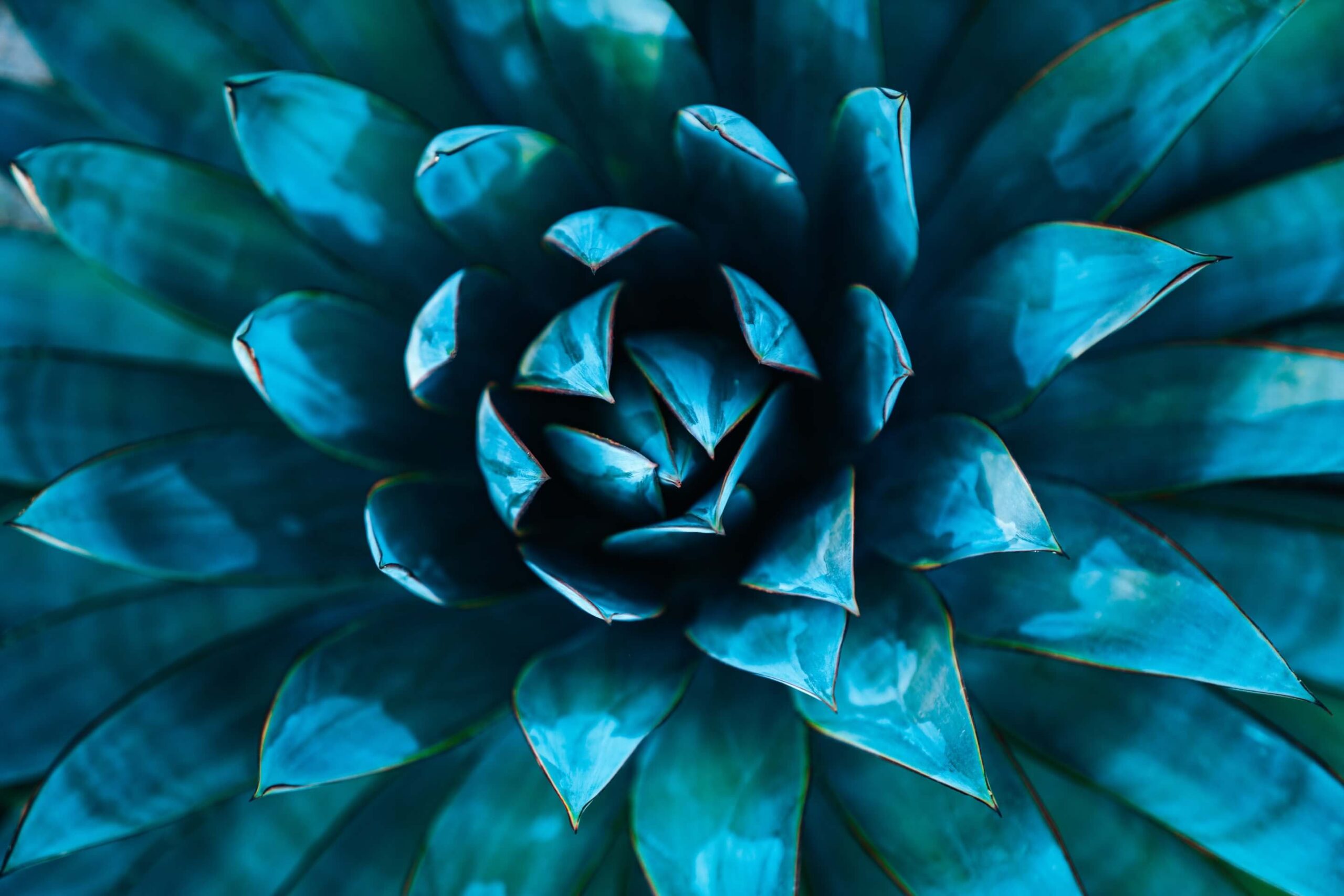5 Single Malts for International Whiskey Day
by David Klemt
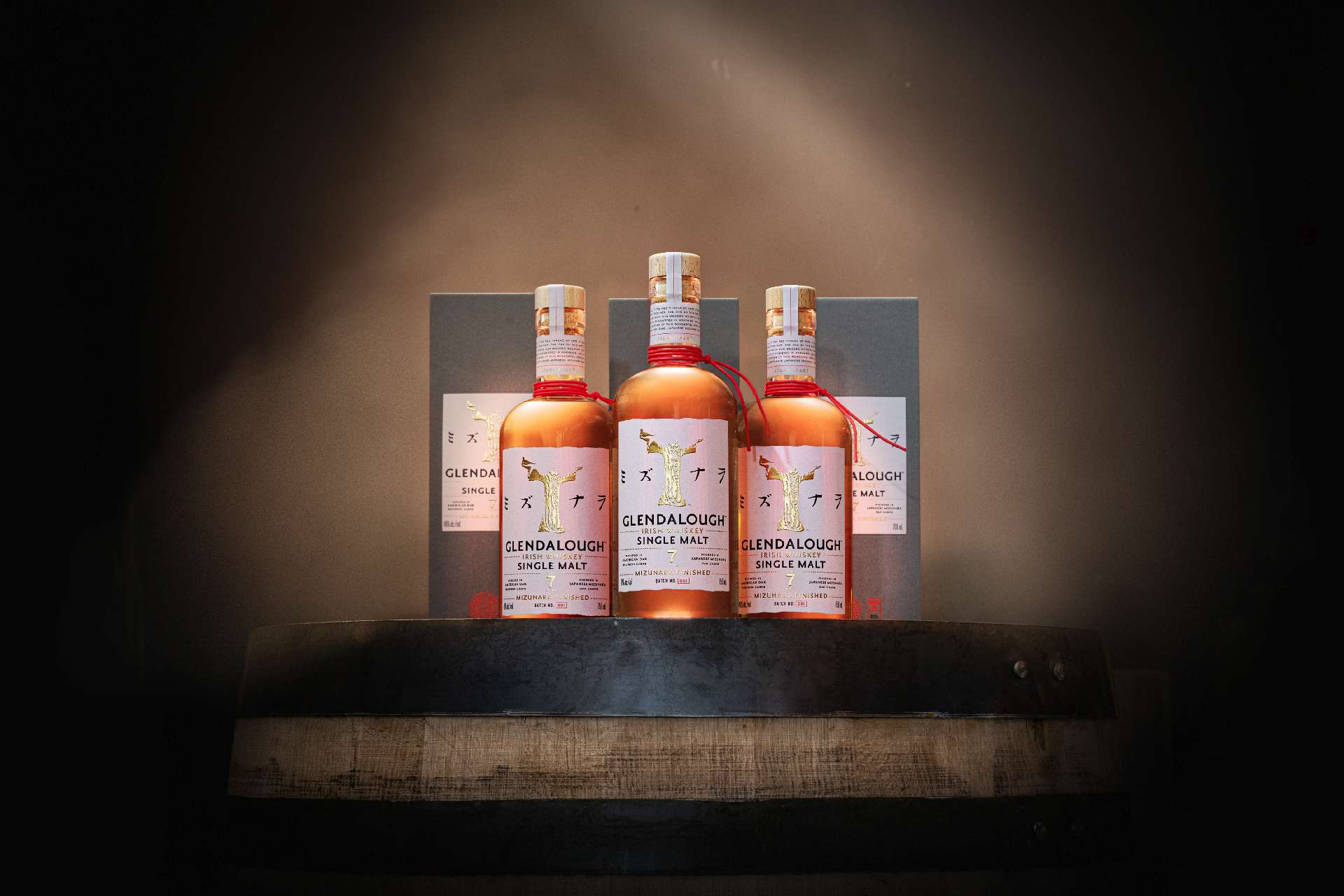
In case it isn’t yet obvious, March is full of an array of wonderful cocktail and spirits holidays perfect for restaurants and bar promotions.
So, it’s pretty impressive that we can end this month with International Whiskey Day. Or, if you prefer, International Whisky Day.
Wondering which you should use, “whiskey” or “whisky”? Well, there’s a (mostly) accepted method for distinguishing the two.
As some spirits aficionados and historians explain it, if a country has the letter “E” in its name, so should the word “whiskey.” No “E”? Then it’s “whisky.”
Or, and this may be controversial, you can just use whichever you prefer. Or perhaps use the spelling that’s on your favorite label. Alternately, if executing a promotion with a sponsor, ask their preference and use it.
At any rate, we all get to celebrate uisce beatha (Irish) or uisge beatha (Scottish) on Sunday, March 27.
Below you’ll find some suggestions for bottles to showcase on International Whisk(e)y Day. Cheers!
American Whiskey
Obviously, there’s a glaring issue with trying to choose a single bottle of whiskey to represent the US. In short, there are dozens (at a minimum) of bottles from which to choose.
So, to make things easier (on me, I suppose), I’m limiting this list to single malts. Look, I had to draw a line somewhere.
Honestly, this doesn’t make things incredibly simple. You may find it surprising to learn that the US has the American Single Malt Whiskey Commission (ASMWC). Not only that, but the commission has nearly 100 members.
To promote and protect American single malt, the ASMWC defines this whiskey as:
- made from 100-percent malted barley;
- produced at one distillery;
- mashed, distilled and matured in the US;
- matured in 700-liter or smaller oak casks;
- distilled to no more than 160 proof (80-percent ABV); and
- bottled at 80 proof or more (40-percent ABV).
There are, thankfully, several dozen bottles to choose from to represent American single malt whiskey. For my list, I’m selecting Westward American Single Malt Whiskey Cask Strength.
Produced in Portland, OR, this double-gold winner is the 125-proof version of Westward’s original single malt whiskey. Bold, assertive, rich, and complex, this bottle embodies this American whiskey category.
Canadian Whisky
When it comes to whisky, Canada is known for its blends. Canada’s whiskey world is also known for bold but smooth rye.
However, there are distillers paying homage to their Scottish roots and traditions. These masters of their craft are working hard to put single-malt Canadian whiskies on the map.
In particular, craft distillers in Vancouver are producing single malts that deserve the world’s time and attention.
Now, when it comes to Canadian single malt, I’m a neophyte. However, I believe you and your guests will appreciate my selection.
Commodore Canadian Single Malt Whisky is crafted by Odd Society Spirits. The distillery is located in Vancouver, British Columbia.
Compellingly, Commodore is produced with malted barley grown in BC. Weighing in at 92 proof, expect pepper and tobacco on the palate, balanced with dark fruit and sweetness.
Irish Whiskey
Another country known for its blends is Ireland. Jameson, Bushmills, Red Breast, Powers… Each distillery produces world-famous, revered blends.
However, Ireland crafted several styles of whiskey over the course of many centuries. Single malts were certainly among them.
Of course, that style fell to wayside as the thousands of distilleries in Ireland shut down decades ago. Luckily, some modern-era distilleries are tapping into centuries of Irish distillation history.
Among these is Glendalough Distillery, our guest for episode 71 of the Bar Hacks podcast. Co-founder Donal O’Gallachoir reveals their latest expression, an Irish single malt finished in exceedingly rare Japanese mizunara casks.
So, for my Irish single malt selection, I choose Glendalough 7-Year-Old Mizunara Finished. You can learn more about this bottle and Glendalough listening to the podcast linked above or reading this article.
Scottish Whisky
If it’s difficult to choose just one American single malt whiskey, it’s nearly impossible to land on only a single single malt Scotch.
Do I choose the highest age statement (and an immense price tag)? Is the smart move the “most accessible” bottle? A peat monster?
What about the most traditional bottle? The most experimental? In the end, I opted for a single malt whisky that falls into the latter category.
At this point, we expect to see Oloroso sherry, port, and bourbon cask finishes. What’s a bit more unusual is a rum cask finish.
So, I’m going with the Balvenie Caribbean Cask. This 14-year-old single malt spends 14 years maturing in American oak casks. Then, it’s finished in ex-rum barrels.
The result is a unique and compelling whisky with notes of banana, cocoa, brown sugar, fresh fruit, and toffee.
Australian Whisky
When he started Starward, founder David Vitale had one mission: Craft the whisky that would come to define the entire category. No pressure.
To accomplish this mission, Vitale and company aim to capture Australia’s terroir in every bottle of every expression.
Their barley is sourced in Australian. Local malt masters (malters? maltsters?) malt said barley. The yeast comes from local Australian brewers.
And it doesn’t stop there. Any ingredient used to craft Starward Whisky must be within one day’s drive of the distillery. That distillery is located in Melbourne.
Why Melbourne? Because it’s the Foodie Capital of Australia. Why does that matter? Because Starward is also meant to be enjoyed with food.
You can learn more about Starward and David Vitale on episode 63 of Bar Hacks.
So, which bottle did I choose? Starward’s very first whisky, the single malt Starward Solera. If you and your guests want to experience Australian single malt, this is where to start.
You really can’t go wrong with any of these bottles. If you’re celebrating International Whiskey Day, life is great. Enjoy!
Image: Glendalough Distillery



